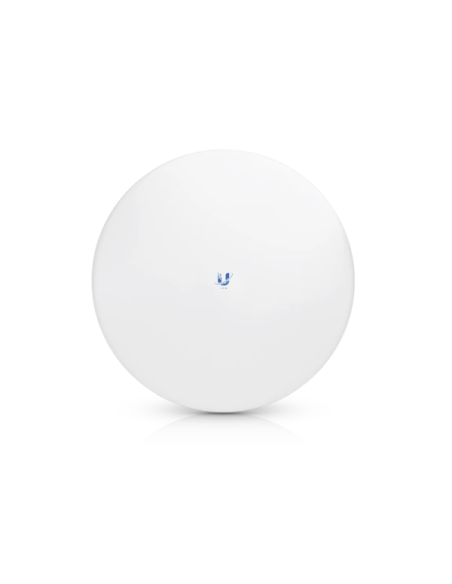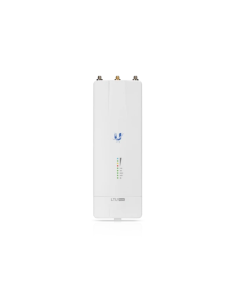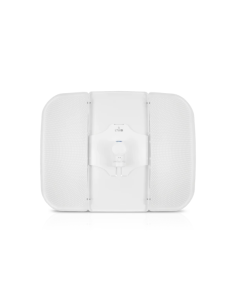Antennas
Ubiquiti LTU-PRO 5 GHz PtMP 24 dBi Antenna LTU Client Radio with Advanced RF Performance
Ubiquiti
LTU-PRO
$332.56
LTU-PRO
5 GHz PtMP LTU Client with advanced RF performance, functions in a PtMP environment with the LTU-Rocket as the BaseStation.Incorporating innovative industrial design with advanced technology, the LTU Pro is a Point-to-MultiPoint (PtMP) 5 GHz high-performance subscriber station. Based on Ubiquiti’s proprietary LTU technology, the LTU Pro is not...
Outdoor Devices & Links
Ubiquiti LTU-Rocket 5 GHz PtMP 600+ Mbps 2+ Mpps LTU BaseStation Radio
Ubiquiti
LTU-Rocket
$702.57
LTU-Rocket
Ubiquiti introduces the LTU Rocket®, the first Point-to-Multi-Point (PtMP) BaseStation radio in our LTU™ product family. Operating in the 5 GHz frequency band, the LTU Rocket is a spectrally efficient, noise-resilient PtMP AP specifically designed for wireless ISPs (WISPs).
Primary features of the LTU Rocket include:•600+ Mbps PtMP...
Outdoor Devices & Links
Ubiquiti LTU-LR 5 GHz 26 dBi PtMP LTU Long-Range Client Radio
Ubiquiti
LTU-LR
$247.50
LTU-LR
5 GHz PtMP LTU Long-Range Client, functions in a PtMP environment with the LTU-Rocket as the BaseStation.Incorporating innovative industrial design with advanced technology, the LTU LR is a Point-to-MultiPoint (PtMP) 5 GHz Radio with an integrated antenna designed for use as a PtMP CPE. LTU technology that breaks through the limitations of 802.11...





















